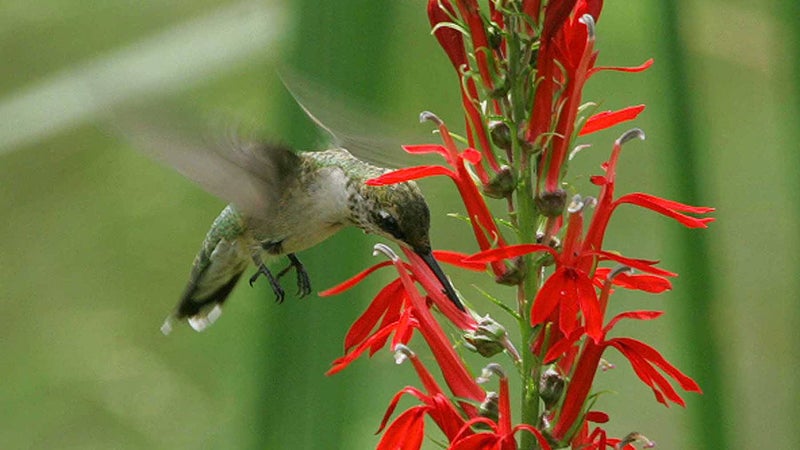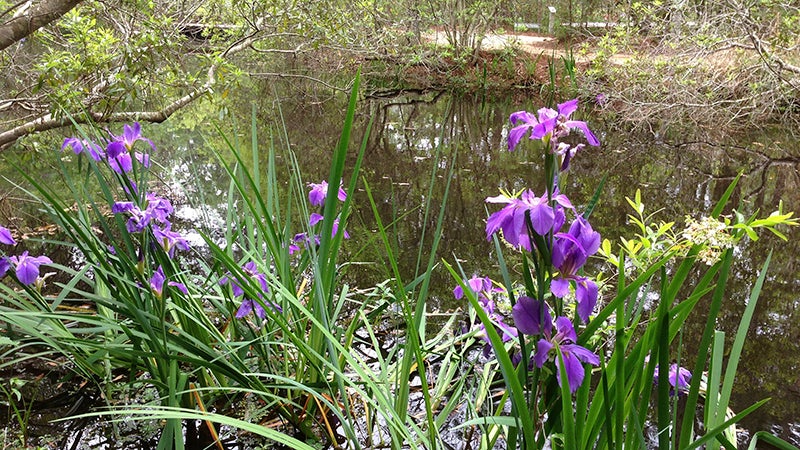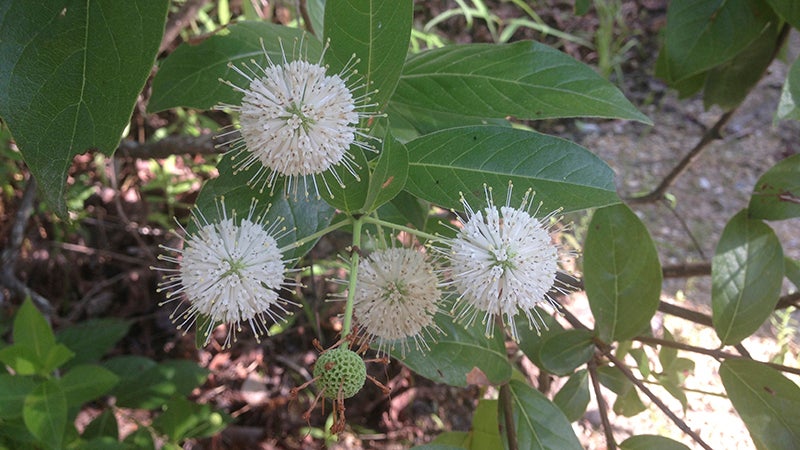Mississippi native plants that like it wet
Published 7:00 am Wednesday, September 9, 2020
By Pat Drackett
Crosby Arboretum Director
Choosing high-performing shrubs for wet areas in the landscape is not always an easy task, but thankfully, the Arboretum abounds with many examples of native plants that tolerate wet environments with ease.
In my past career as a landscape designer, homeowners sometimes asked for suggestions of plants that would grow in various problem areas in their yard, such as those with occasional standing water or that stayed continually moist. Very few ornamental plants would come to mind. But if I thought about natural sites I had visited, such as the Crosby Arboretum, or visualized the native species that grew in wet areas, it was no problem to provide them with a list of dependable trees, shrubs, and perennials to choose from.
For example, two species of cypress trees (Taxodium) found at the Arboretum offer fast-growing choices for damp areas in your home landscape. Stand on the edge of the Pinecote Pavilion and look to the left. At the pond edge you will see an area of cypress trees. We call this area Cypress Head.
If you exit the Pavilion at the fountain and bear right to follow the Pond Journey, you will find an overlook surrounded by pond cypress (Taxodium ascendens) and bald cypress (Taxodium distichum). Note the masses of native blue flag iris growing under the cypress trees. This is a look you may wish to repeat in your own landscape.
Bald cypress can be distinguished from pond cypress by its leaves that have a feathery, fern-like appearance. They are a generally fuller, denser tree, while the pond cypress will have a much sparser, thinner look. Its species name, “ascendens” is appropriate, for it has thin, thread-like leaves with the appearance of pointing upward.
Pond cypress occurs naturally in wet savannas and shallow ponds, while bald cypress is found in much wetter areas such as swamps, floodplains and bottomlands. However, both species will grow just fine in your home garden in much drier areas, and both do best in full sun. Pond cypress is sometimes billed as the “kneeless cypress,” and although it will still form “knees” from the roots, they seem to be much smaller than those of bald cypress.
Buttonbush is a sprawling deciduous native shrub that can grow to ten feet or more. It is naturally found in swamps and along stream banks. At the Arboretum, it is commonly seen near the bridges, on the banks at the edge of the water. When in flower, it turns heads. What at first glance appears to be a perfectly round white flower dangling from the branches is actually a cluster composed of many tiny blossoms extending out from the fruit within. The flowers are especially valuable to our native bees, and many water birds and shore birds will pluck its seeds.
Another attractive native perennial that enjoys wet conditions is the American crinum lily. It can be spotted growing among the species of native iris, a signature plant at the Arboretum, which have various shades of purple blooms in the spring. Iris is abundant among the herbaceous plants fringing the Piney Woods Pond and Slough Exhibit. Both American crinum and the native Iris are perennials that will also perform well in a regular garden soil. Both will propagate easily from seed that follows. How about a native plant that loves wet, shady conditions and has brilliant red flower spikes that attract hummingbirds? Meet cardinal flower (Lobelia cardinalis). We’ll have this plant available at our deck sale soon. It will attract fall migrating hummingbirds! Grow this Lobelia in companionship with American crinum and blue flag iris for a winning combination in the low areas of your yard.
Grounds manager Terry Johnson will be leading a field walk on September 12 from 9:30 to 11:00 a.m. Take a journey through the Swamp Forest, Gum Pond, and Savanna educational exhibits. Get a sneak peek of the soon-to-be-open construction projects in the Gum Pond Exhibit. Terry will discuss the management of the Savanna Exhibit by prescribed fire and point out plants of interest encountered along the way. On September 19 from 9:30 to 11:00 a.m. Arboretum director Pat Drackett will lead a fall botany walk.
The field walks are free to members and $7 for non-members. Reservations are required and space is limited. Please call the office at 601-799-2311 to sign up.
For information on the Arboretum, visit www.crosbyarboretum.msstate.edu. Our public garden is open Wednesday through Sunday and located in Picayune, I-59 Exit 4, at 370 Ridge Road. The business office is open 9 a.m. to 5 p.m. Exit gates close at 4:30 p.m.








